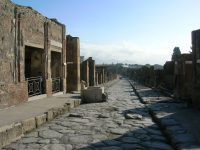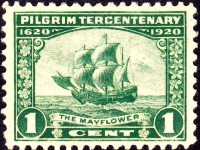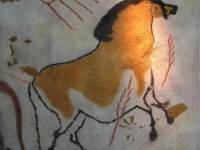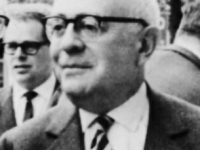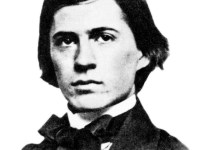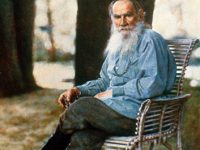Pompeii – Conquered, Buried, Rediscovered
Pompeii was an ancient city in Campania on the Gulf of Naples, which like Herculaneum, Stabiae and Oplontis was buried during the eruption of Vesuvius in 79 AD, but remained largely preserved under the volcanic ashes.[1] In its approximately seven hundred year history Pompeii was inhabited and shaped by Osci, Samnites, Greeks, Etruscans and Romans, but was forgotten after the burial in the course of time. The rediscovery in the 18th century…
Read more











